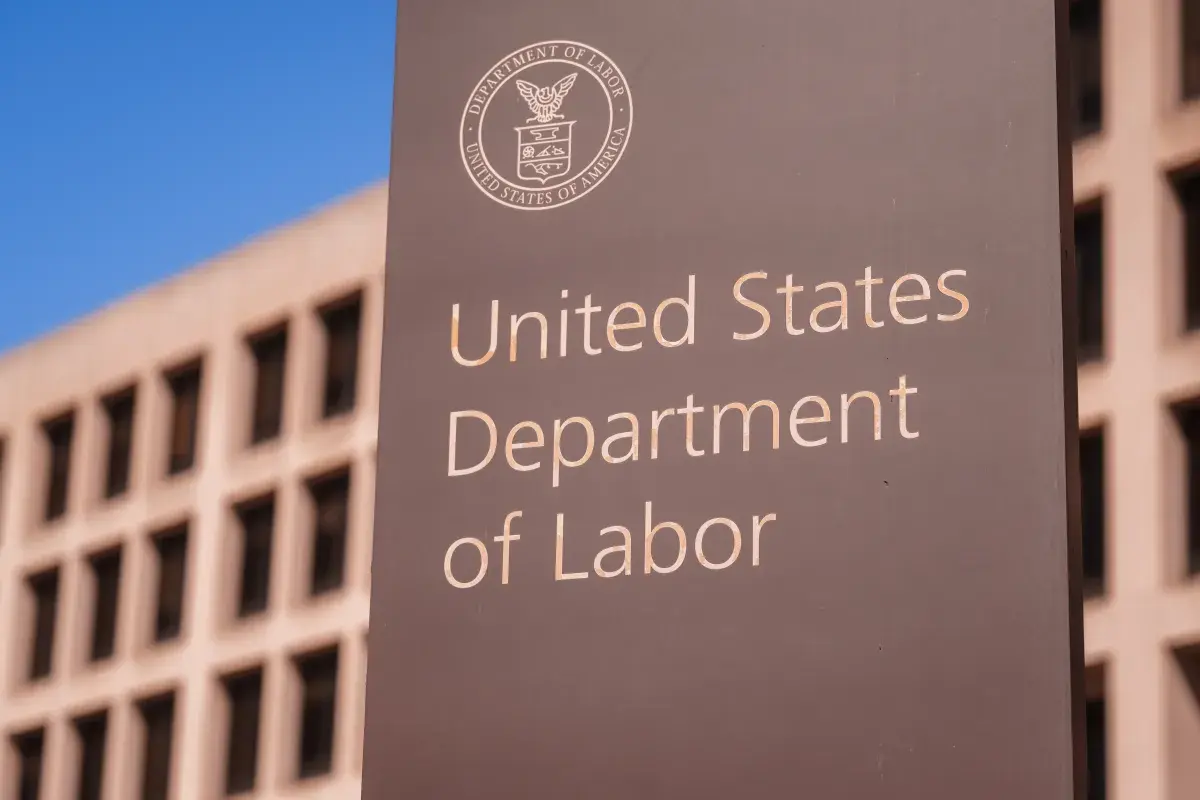Copyright Newsweek

The latest inflation report from the Department of Labor was scheduled for release last week but was postponed due to the ongoing government shutdown. September’s print is now due out on Friday morning after the administration temporarily recalled furloughed workers to compile the data, and will include critical information on both annual and monthly consumer price changes. Why It Matters Delays to such key economic readings have sparked concern that the resulting data vacuum could impede policymakers’ ability to check the pulse of the U.S. economy and establish appropriate measures to balance both inflation and prevalent weaknesses in the labor market. Consumer Price Index (CPI) reports are especially important in the Federal Reserve’s calculus, and are used to determine whether it pursues another rate cut following its late-October meeting. Stronger-than-expected inflation, as well as highlighting impacts of President Donald Trump’s tariffs, could reinforce arguments for caution on the part of the central bank. What To Know The Bureau of Labor Statistics (BLS), which publishes the monthly inflation reports, announced last week that it would release September’s inflation reading on Friday at 8:30 a.m. ET, in order to allow the Social Security Administration to “meet statutory deadlines necessary to ensure the accurate and timely payment of benefits.” August’s report revealed that prices rose by 0.4 percent month-on-month and 2.9 percent on an annualized basis, while core inflation—excluding the volatile food and energy categories—was up 0.3 percent and 3.1 percent, respectively. Forecasts indicate a comparable reading for September, and economists who spoke with Newsweek have penciled in similar changes. Those compiled and published by TradingEconomics, Reuters, Bank of America, Econoday and Bloomberg Finance all point to annual headline inflation rising slightly to between 3.0 and 3.1 percent, with the other categories remaining largely unchanged. Mark Zandi, chief economist at Moody's Analytics, told Newsweek he anticipates a 0.35 percent increase in the headline monthly rate, alongside a 3.0 percent year-over-year increase. Moody’s projects core CPI rising 0.22 percent for September and 3.0 percent annually—a slight deceleration from August, which Zandi said reflects the outsized impact of higher energy and food prices. “Inflation is well above the Fed’s inflation target, and the direction of travel is not encouraging,” he told Newsweek. “Tariff pass-through to goods prices will continue well into next year, and the highly restrictive immigration policy is adding to labor costs and thus food and service price inflation.” Bernard Yaros, Lead U.S. Economist at Oxford Economics, expects a 0.4 percent monthly increase in the headline rate for September, with a lot of the gains concentrated in the food and energy categories. “We expect the core CPI to have increased by a relatively softer 0.3 percent in September on the back of further price pressures in tariff-exposed goods, most notably vehicles,” he added. “The reacceleration in consumer spending also creates upside risk for discretionary services prices.” What People Are Saying Ryan Young, Senior Economist, Competitive Enterprise Institute, told Newsweek: "Inflation will likely stay in the 3 percent ballpark for the time being. A majority of US imports are intermediate goods that American businesses use to create final products. That means some tariff-related price increases work on a delay as they work their way through supply chains. Metal-intensive goods like cars, construction, and aluminum cans could see sharp price increases. So could anything that uses rare earth minerals, such as EVs and smartphones. “Look for the Fed to continue with interest rate cuts, since the Fed typically views unemployment as a more urgent problem than inflation,” he added. “Lower interest rates can offer some short-term help with unemployment, but with the tradeoff of slightly higher inflation. With so many economic red lights flashing, most Fed officials will view that tradeoff as worth it.” Bankrate Financial Analyst Stephen Kates told Newsweek: "Headline CPI for August rose 0.38 percent, rounded to 0.4 percent in the official Bureau of Labor Statistics (BLS) report. September's month-over-month headline CPI is expected to be the same, but that would push the annual inflation rate to nearly 3.1 percent, the highest in 16 months (since May 2024). In contrast, core CPI (excludes food and energy) is expected to rise at a slower monthly pace, while the annual rate is projected to hold steady at 3.1 percent. "Energy prices are expected to be a major driver of the September inflation uptick. Durable goods inflation is also expected to remain elevated, largely due to ongoing tariff pass-throughs," he added. "On the other hand, shelter inflation continues to ease, softening overall services inflation and helping offset some of the upward pressure in other categories. This downward trend in shelter costs is likely to continue into 2026, acting as a stabilizing force on broader inflation readings." Maurice Obstfeld, senior fellow at the Peterson Institute for International Economics (PIIE), told Newsweek: “Inflation is unlikely to be vastly different from the August reading, which had the core [Personal Consumption Expenditures] index rising at 2.9 percent, year-over-year. Imported goods that have been tariffed, as well as close substitutes that are produced in the U.S., are likely to see quicker price rises. The August numbers were already uncomfortably high for the Fed, which is chasing a 2 percent target, and an even higher reading, even if the increase is small, would push them toward greater caution on cutting interest rates further. Influential Fed officials have already signaled some unease about stubbornly persistent inflation.” Mark Zandi, chief economist at Moody’s Analytics, told Newsweek: “Despite the above-target inflation, the Fed will continue to put more weight on the weak economy and continue to cut interest rates. The thinking being the inflation will not prove persistent as inflation expectations remain anchored. This is a risky policy stance, but as chair Powell has said, there is no risk free path forward.” Bernard Yaros, Lead U.S. Economist at Oxford Economics, told Newsweek: “The CPI is unlikely to alter the Federal Reserve’s calculus ahead of its October policy meeting. While these would be firm inflation readings, the CPI doesn’t translate one-for-one to the Fed’s preferred price index: the personal consumption expenditure deflator. Moreover, the Fed is highly attuned to the downside risks to a labor market caught in a fragile ‘low hiring, low firing’ equilibrium. Given the downdraft in temporary help payrolls and the average workweek, there’s less of a buffer preventing firms from taking the next step in managing their labor costs: layoffs.” What Happens Next According to the BLS, “no other releases will be rescheduled or produced until the resumption of regular government services.”



